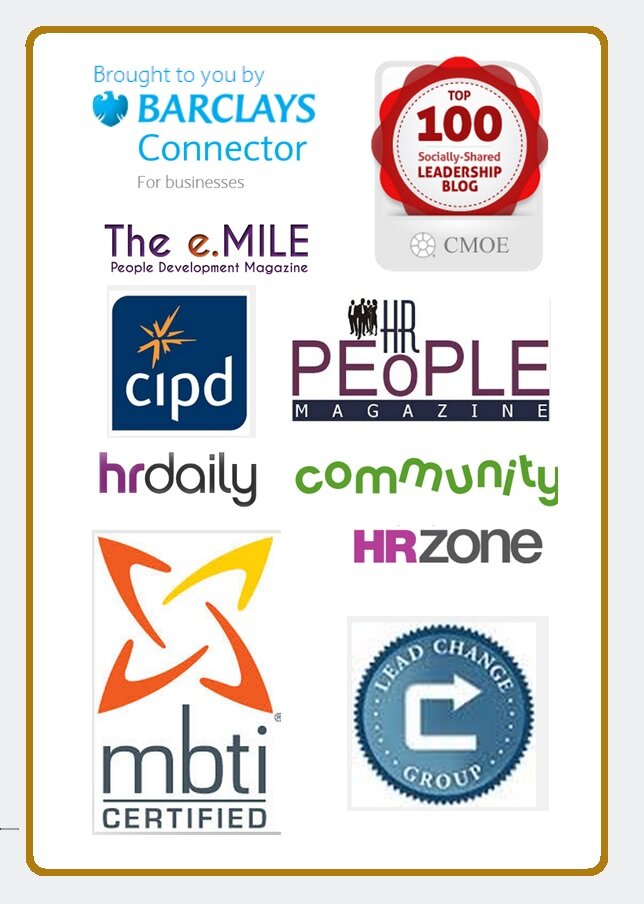 In my article about the Hidden Power for Leadership and Life, I wrote about how beliefs, attitudes and expectations drive the outcomes within teams. In today’s blog I am expanding on those ideas and identifying how the power of the mind can be harnessed to lead your team.
In my article about the Hidden Power for Leadership and Life, I wrote about how beliefs, attitudes and expectations drive the outcomes within teams. In today’s blog I am expanding on those ideas and identifying how the power of the mind can be harnessed to lead your team.
The conscious mind is selective. If we don’t like something about ourselves or others, or we just don’t want to think about it, we can bury beliefs, ideas, thoughts and paradigms into our unconscious minds.
This could sound very efficient on a level, but in fact it isn’t really because we can still be unknowingly driven by the information stored in our unconscious which can if left undiscovered, cause all kinds of mischief.
As individuals, developing self-awareness can identify those unhelpful buried beliefs, ideas and attitudes which can help us to become more conscious of why we might do things, and help us to better understand ourselves.
Organisational culture can equally be created by unconscious or long-forgotten beliefs and ideas about the organisation, and the most common approach, i.e. training or developing behavioural competencies are fine, but it’s like trying to get an addict to stop their addictive behaviour by giving them a set a standards to adhere to. It’s often unsuccessful, or takes years.
Using the creativity of our mind through vision or imagination is the most powerful way to overcome those unconscious beliefs, although visionary thinking is often down to individual personality. If you are a visionary, or an intuitive, you are more likely to tap into the power of the imagination to create your story, or future, than someone who may be logical and deal in facts and evidence.
It is the same in an organisation. Organisations which might need lots of attention to detail and factual information to get the work done for example, are likely to attract people who are good at, and enjoy using their minds in that way.
The good news is, you don’t need to be a psychologist to take some simple actions to harness the power of the mind in a positive and affirming way to get better results. The next three steps describe a process which can help to transform the mindset of an organisation, if everyone is involved.
1. Discover the current organisational story
What is the history? What does the team believe about the organisation? Does the organisation have any defining stories which have helped shape the culture of today? Use focus groups, staff surveys and inquiry to piece together the collective view of the organisation by employees, customer’s, stakeholders, and anyone important in the making of that story. Ask people to describe the organisation to you, what critical events, changes or decisions have made them draw those conclusions. Ask them to describe successful characteristics and not so successful characteristics or decisions. Once you have this information, you can determine how far away the perception of employees, or customers is from where you would like it to be.
2. Raise self-awareness by shining a light on any part of the story which might be holding the team back
A particular HR team I worked with, had their role in the organisation changed from a regulatory, decision making entity, to giving advice and options to help managers to make decisions. A couple of years after this change, the team simply weren’t working well. In a reflective focus group, it became apparent that even though the team were paying lip service to the new role, deep down the new role was resented and resisted. Once this was unearthed, and people were allowed to talk about the difference in status in a way they couldn’t at the time, changes for the better came about quickly. Determine what decisions or stories are holding your organisation back from embracing a brighter future.
3. Change the Story
Harnessing the power of imagination, develop a vision for the future. Tell the story of the vision. What will it look like, feel like, and sound like. What will people be saying about the organisation in this imagined future and how will employees feel about working for the organisation? These are just some of the questions you can use to describe the future you want to create. Use feedback mechanisms to bring out doubts, limiting beliefs and different ideas, about the vision, to the surface, then find ways to strengthen belief, faith and patience about achieving the outcome.
What I have described is a simple methodology, using consciousness, self-awareness and imagination to change the culture of your team or organisation. Can you think of any other ways the power of the mind can be used to get better results?
This great article is from the our 6 months themed series based on the Centre for Creative Leaderships Report of 2013, in which they identified the 6 top challenges for leaders across the globe: Don't Miss Out! Sign up here to be notified of subsequent issues and posts

If you are a leader, you are continually developing and "Sharpening the Saw". If you lead and manage teams, then you must read about our Inspirational New Leadership Programme. Sign up now to find out more details when we launch in July 2014. There is no obligation to undertake the programme, if you sign up today, you will simply be sent more information about the programme. You can unsubscribe at any time! Click below to register for further information.


